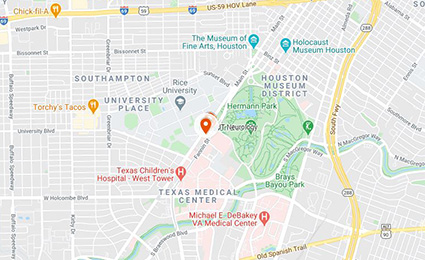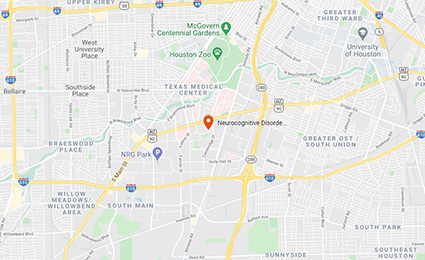Minimally Invasive Vertebroplasty
What is Minimally Invasive Vertebroplasty?
Vertebroplasty is a minimally invasive surgery used to relieve pain and stabilize vertebral compression fractures, which are most commonly caused by osteoporosis but may also result from trauma or cancer. During the procedure, medical-grade bone cement is injected directly into the collapsed vertebra, where it quickly hardens to strengthen the bone and reduce pain. By stabilizing the fracture internally, vertebroplasty can help patients regain mobility and return to daily activities with less discomfort.
Who is a good candidate for Minimally Invasive Vertebroplasty?
This procedure is most effective for patients with recent vertebral compression fractures confirmed on imaging, such as MRI or CT scan, that correspond with persistent, localized back pain. It is typically recommended when rest, pain medication, bracing, and other conservative options have failed to provide adequate relief. Vertebroplasty is often performed on patients with osteoporosis but may also be considered for selected patients with traumatic fractures or painful vertebral collapse from cancer. It is not usually performed for fractures that are old and healed, or in patients whose pain is not clearly linked to the fracture.
How is Minimally Invasive Vertebroplasty performed?
The procedure is performed under conscious sedation or general anesthesia with the patient lying face-down on a specialized surgical table. Using real-time fluoroscopic imaging, the surgeon advances a narrow needle through a small skin incision into the fractured vertebra. Bone cement is injected directly into the vertebral body, where it spreads through the porous bone and hardens within minutes. The incision is then closed with a small dressing. The entire procedure usually takes less than an hour per vertebra.
What are the benefits of Minimally Invasive Vertebroplasty?
Vertebroplasty often provides rapid relief of back pain, sometimes within hours of the procedure, and allows patients to regain mobility soon afterward. By stabilizing the fractured vertebra, it can restore function and help individuals return more quickly to their usual activities. Because the technique is minimally invasive, it involves only a tiny incision, minimal muscle disruption, and usually does not require a prolonged hospital stay. Many patients are able to go home the same day.
What is the recovery from Minimally Invasive Vertebroplasty?
Most patients are encouraged to walk within a few hours of surgery, and light daily activity can usually be resumed quickly. Strenuous exercise and heavy lifting should be avoided for several weeks. Pain typically improves within days, though the degree of relief can vary. As with any procedure, complications, such as infection or bleeding, may occur during recovery. Cement can sometimes leak outside the vertebra, but it rarely causes issues. Some patients may not experience complete pain relief, and new fractures may develop, particularly if the underlying osteoporosis is not addressed. Doctors often recommend bone-strengthening medications, diet, and exercise as part of ongoing management.
Other common minimally invasive spine procedures
Discectomy: This procedure removes a damaged spinal disc or discs to treat pain, numbness, or weakness in the legs or arms, most commonly from a herniated disc.
Spinal Decompression: This procedure relieves pressure on the spinal cord and nerves, often caused by conditions like herniated discs or spinal stenosis.
Spinal Fusion: This minimally invasive spine surgery is used to stabilize the spine by fusing vertebrae together. Screws and a rod are placed through a small incision during the procedure.











